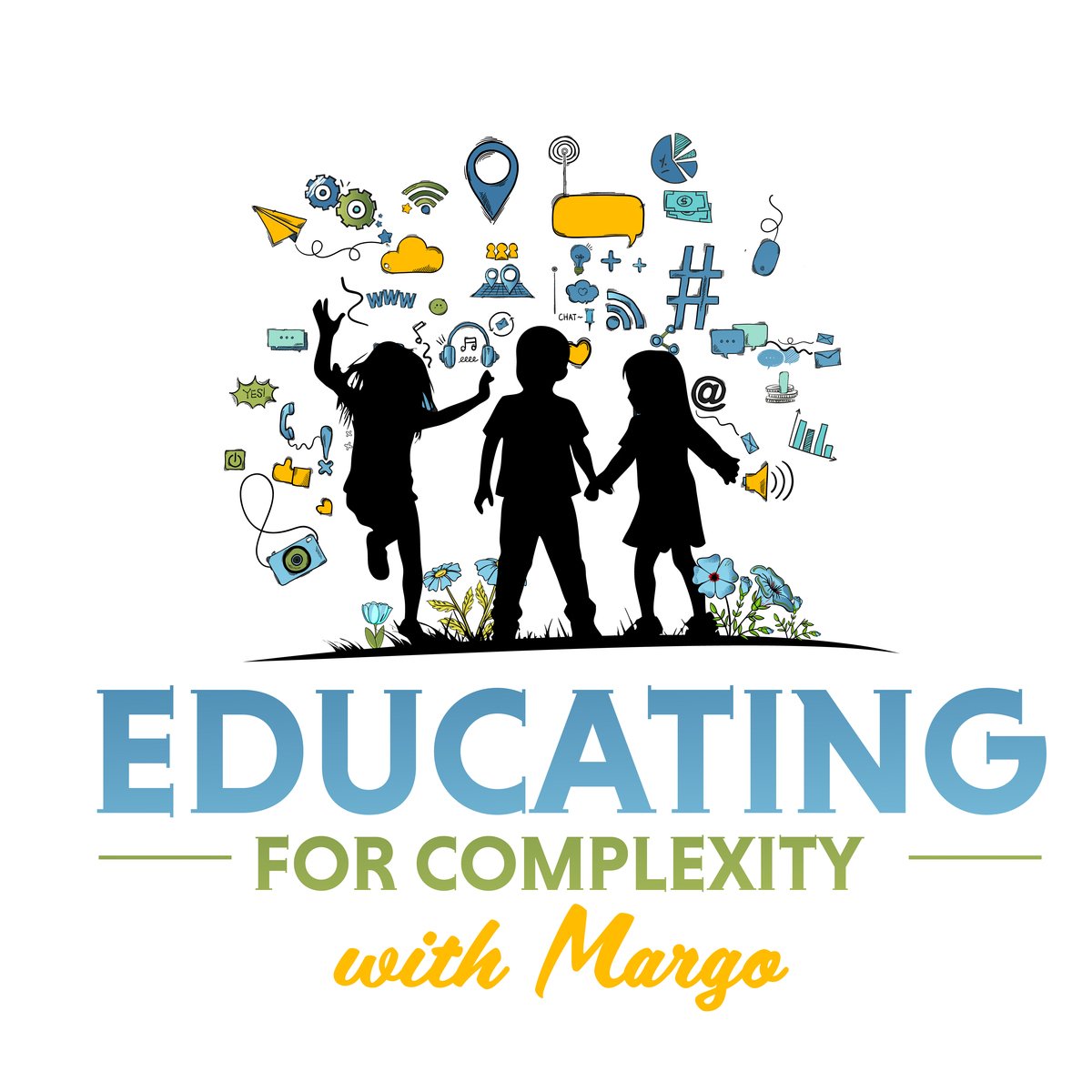
Microcredentials for Middle Schoolers? Yes, Please.
If the phrase "microcredentials for tweens" sounds like something cooked up by a Silicon Valley parent with too much coffee and a LinkedIn addiction… well, you're not entirely wrong. But don’t roll your eyes just yet—because this trend might actually be one of the better ideas floating around in education right now.
Microcredentials—those bite-sized, digital badges that prove you know how to do something real (as opposed to, say, memorizing the periodic table to pass a quiz and then forgetting it by Tuesday)—are no longer just for adults polishing up their résumés. They’re creeping into middle schools. And weirdly enough? That might be exactly where they belong.
What Are Microcredentials, and Why Should a 12-Year-Old Care?
Think of microcredentials as mini diplomas for doing something useful. Coding a game in Scratch? Badge. Solving a local problem with design thinking? Badge. Becoming the unofficial Google Slides wizard in group projects? Oh yes—badge.
Instead of waiting until college or the workplace to start proving they’re capable, students get to show mastery now—and in a way that actually sticks with them. It’s a powerful tool for building a portfolio of the soft skills needed in our shifting educational and professional landscape. As kids start to accumulate these badges, it becomes an opportunity to make their learning visible—to themselves, to teachers, to parents, and maybe even to future mentors or employers.
Many of these badges highlight high-value skills like teamwork, communication, and the ability to complete the design cycle to build something—like, say, a robot that solves a community problem. As students learn to recognize these skills in themselves, they also learn to appreciate them in others. This meta-awareness is a quiet superpower that helps them understand not just how they learn, but who they are when they’re learning.
In a way, it’s not just a recognition system. It’s a mirror. It reflects back a picture of capability, effort, and uniqueness. And that’s a big deal—especially if your child attends a school that doesn’t offer much project-based learning or lacks a well-developed makerspace program.
As we slide into the summer months, microcredentials can be a smart addition—or even an alternative—to the typical summer day camp. They allow students to keep learning in a self-directed, passion-fueled way, often while using platforms and tools they already love.
Now, before you think this is just another parental supplement to DIY your way through your child’s education, know that schools are already on it. Many districts and international schools have started offering microcredential opportunities. Polk County Schools in Florida have been issuing student microcredentials since 2023. This isn’t fringe—it’s becoming foundational.
A report from Digital Promise—a nonprofit that doesn’t waste time with shiny edtech fads—explains how microcredentials help K–12 students track, own, and flex their skills. Think Pokémon cards, but for competencies like creative problem solving, digital collaboration, and resilience. And yes, they’re way cooler than they sound.
Who's Doing This Well?
Several educational systems are already ahead of the curve. Take Maryland, for example. The state launched a "Micro-Credentials for Creative Classrooms" initiative that includes middle school students. The goal? Give kids the chance to earn recognition for completing hands-on, creative projects in areas like art, technology, and media literacy.
Meanwhile, the National Education Association (NEA) is developing microcredentials too—though theirs are primarily for teachers. Still, this effort isn’t wasted on students. When educators earn and talk about their own badges, it sets a cultural tone that says: "Hey, I’m still learning too."
This shift toward learning as an ongoing, visible, skill-based process trickles down. Students start to see that their education isn’t about jumping through hoops. It’s about gathering tools for life.
Why Parents Should Pay Attention (and Maybe Get a Little Excited)
Let’s face it: middle schoolers aren’t exactly famous for their love of delayed gratification. Try pitching, "Study for this test so you can get into a good high school and eventually a college and someday a job…" and you’ll lose them somewhere around “study.”
But a digital badge that says, "Certified Robot Wrangler" or "Design Thinking Dynamo"? That’s immediate, visible, and oddly satisfying—definitely grandma-Facebook-post-worthy.
More importantly, microcredentials pivot the conversation from "what do you know?" to "what can you do?" In a world where AI is eating standardized tests for breakfast, this skills-first model is exactly the kind of future-proofing our kids need. It rewards curiosity, persistence, and creativity—traits that don’t show up in GPA but do shape a human who can navigate the real world.
How to Get Started Without Needing a PhD in EdTech
1. Ask your child’s school if they’re already offering microcredentials or plan to. You might be surprised—they could be piloting something and looking for parent feedback.
2. Explore existing platforms that offer student-facing microcredentials:
DIY.org: Offers hundreds of skill challenges that award real digital badges. Great for art, STEM, and life skills. Free tier available.
JMG Microcredentials: Jobs for Maine’s Graduates offers middle schoolers a way to build a skills-based portfolio. Free and recognized.
NOCTI: Career and technical credentials including employability and safety skills. Some programs are fee-based.
Digital Promise: Large library of credentials across competencies like creativity and collaboration. Many are free.
Education Design Lab: Focused on 21st-century "durable skills" like resilience and teamwork. Free in pilot versions.
3. Make your own! That Minecraft server your kid built? That’s systems engineering. The custom board game they invented? Game design. You can create your own badges using tools like Credly or Badgr—it’s like scrapbooking for modern skill-building. This could serve your tween or teen later in life when applying for highschool or opportunities that require they tell a story about how they have grown as a learner.
Wait—High Schoolers Can Do This Too?
If you’re wondering whether this whole microcredential thing fizzles out after middle school—good news: it doesn’t. Some high schools are already leveling up the game by offering industry-recognized certifications that teens can earn before they even apply for college.
Plainview High School (Texas) is a great example. Their Career and Technical Education (CTE) program lets students explore tracks like cybersecurity, business management, agriculture, law enforcement, and healthcare. Translation? Your kid could graduate knowing how to troubleshoot a network, draft a business plan, or prep for EMT training—with actual certifications to show for it. It’s like career readiness with receipts.
Over in Ohio, Cuyahoga Valley Career Center is handing out digital street cred in design. Their students can earn credentials like the IC3 (Internet & Computing Core Certification) or become Adobe Certified Associates in things like visual communication, graphic design, and illustration. These aren’t just digital stickers—they’re real, resume-boosting badges that give teens a leg up in creative and tech-driven fields.
Complexity Loves Evidence
Educating for complexity means helping our kids become humans who can flex, adapt, and navigate uncertainty. It means making room for curiosity, encouraging risk-taking, and celebrating resilience.
Microcredentials aren’t a silver bullet—but they are a nimble, low-cost, high-impact slingshot. They recognize learning as a lived, ongoing process. They help kids spot their own growth, and name it. They invite students to learn because they’re curious—not because they’re being graded.
In a world shared with AI, it’s these human capacities—empathy, inventiveness, and drive—that will matter most. And middle school might just be the perfect place to begin recognizing them.
t
Hey Community Friend…thanks for stopping by.
If you have 30 seconds. Tell me what you think of this blog post? Did you enjoy it or not and why? I would really appreciate getting to know you as a reader in this community. Write me at this email [email protected]

